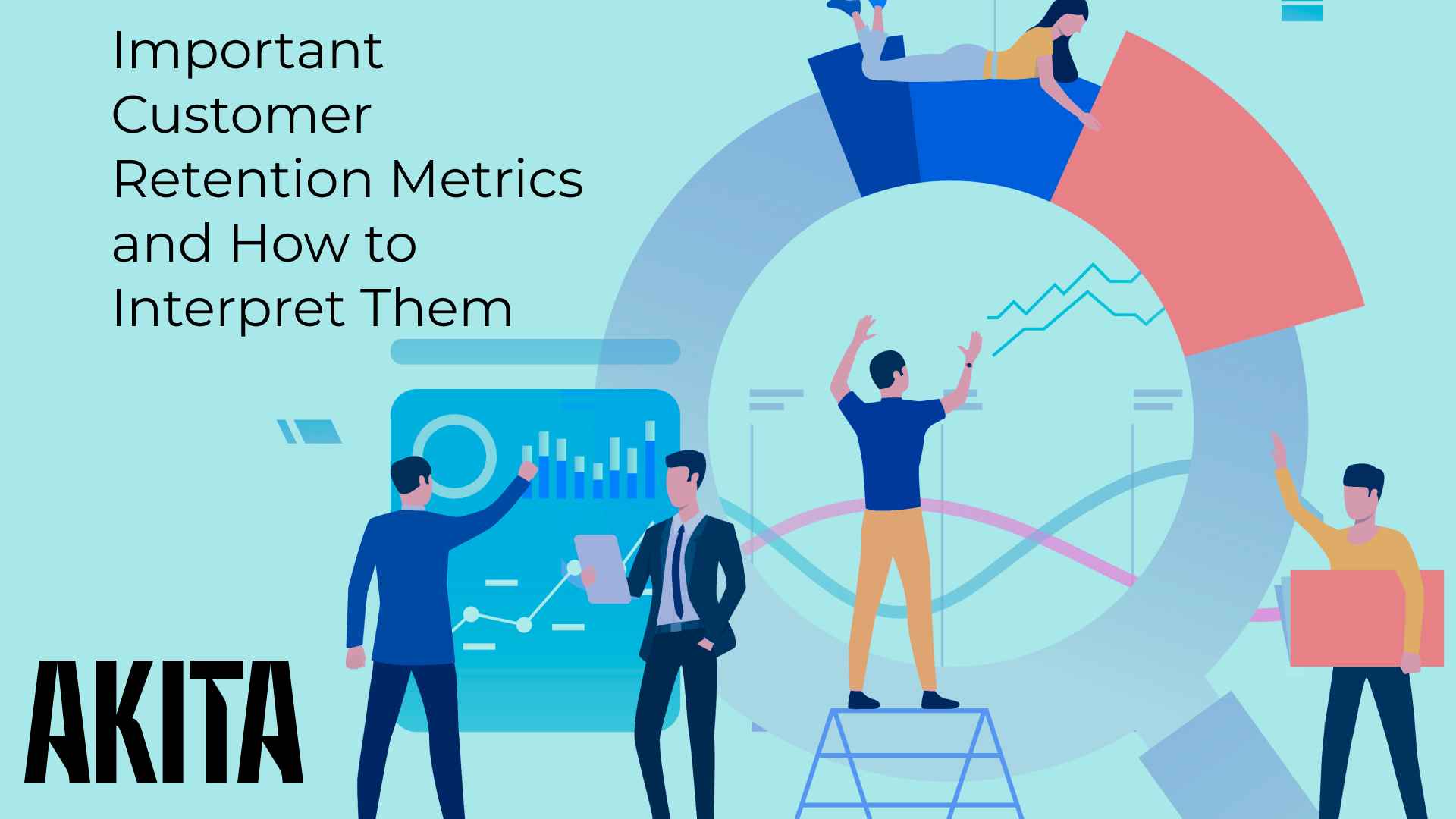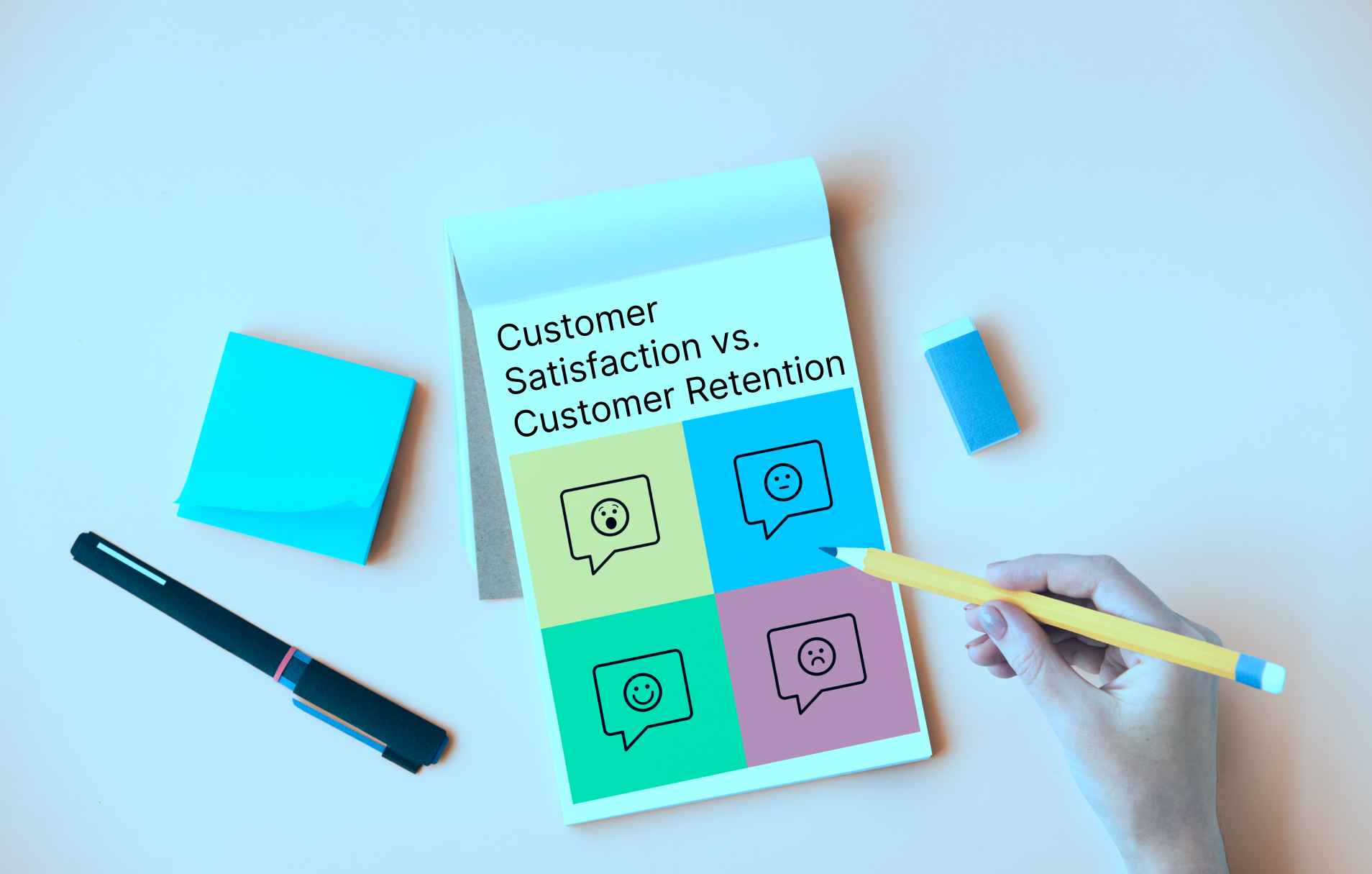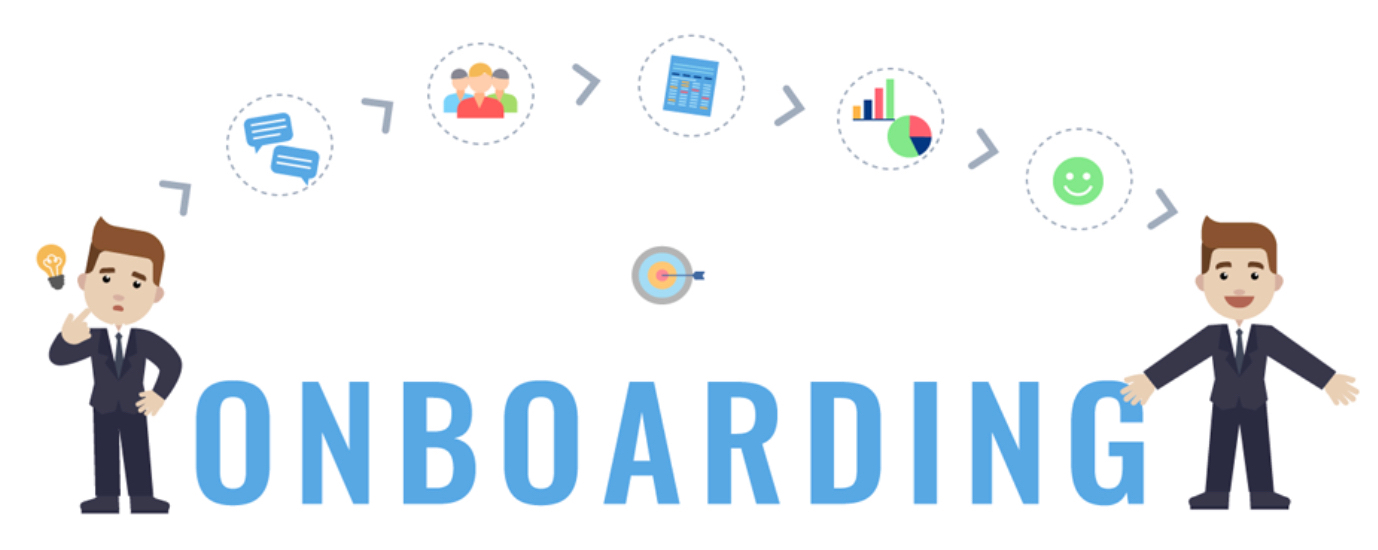Important Customer Retention Metrics and How to Interpret Them

A laser focus on retention is at the heart of any sustainably successful SaaS business. The ability to keep existing customers coming back year after year while at the same time continuing to add new customers has a profound and compounding effect on your revenues.
In order to achieve an elite level of retention, you will need the ability to track your progress. This is where retention metrics come in.
In this article, we will explore why you need to understand customer retention metrics, how they are measured, and the key metrics you should pay attention to in the SaaS B2B sector.
Why You Need to Understand Your Customer Retention Metrics?
1. Enhance Business Profitability
Whether it’s a cliche or a trope, the phrase “If you can’t measure it, you can’t manage it”, runs very true when it comes to customer retention in SaaS. If you can manage your retention effectively, or even better, turn churn-risk customers into growing customers, your profitability will skyrocket. Improving retention will also improve metrics that underlie profitability like the CAC:CLV ratio and the Net Revenue Retention (NRR) rate.
2. Gain a Competitive Edge
Customer retention tracking will help you understand if you are delivering the right suite of product features and whether your brand is positioned correctly in the competitive landscape. If retention levels drop, you may need to engage with your customers to understand where the perceived gap in your feature set is.
Ultimately, these insights will help redesign or reprioritize your product road map and potentially help reposition your brand to steal a march on your competitors.
3. Drive Improvements in Customer Engagement
As well as driving improvements in product and positioning, tracking retention metrics can also provide insight into how your company manages (mismanages) sales, marketing, customer success and support.
By way of example, falling retention rates could mean:
- Your marketing team needs to reevaluate your Ideal Customer Profile (ICP).
- Your sales team is not qualifying-out bad-fit leads.
- Your Customer Success team is mismanaging the onboarding process, or …
- You need to re-evaluate which channels you are using to deliver customer support.
4. Foster Customer Loyalty
Understanding the reasons customers remain loyal to your company or brand will allow you to double down on that positivity and ensure you can deliver that experience to all similar customers. Equally, understanding the reasons customers are dissatisfied or may be at risk of churn will provide you with the specific insights to increase customer satisfaction.
How Is Customer Retention Measured?
Customer retention measurement is both exceedingly simple yet often difficult to calculate for SaaS companies. If you are just talking about the number of companies (logos) you retain or lose over a period, well, that’s simple. The difficulty arises when you need to understand the dollar value and whether you want to include revenue expansion, upgrades, downgrades, etc.
Most SaaS stakeholders use Net Revenue Retention (NRR) as their northstar metric to measure customer retention, but Gross Revenue Retention (GRR) and churn rates are also valuable.
Gross Revenue Retention
GRR measures the level of revenue you retain after subtracting churn and downgrades but does not include any revenue expansion (add-ons or upgrades). This can be a useful measure as it tells you how successful you are at maintaining existing revenues through time.

Net Revenue Retention
NRR is a great indicator of how your revenue number is trending when you exclude new customers. It’s a great way to predict the sustainability and success of a SaaS company, particularly in a down economy. NRR factors in all churn and expansion, so you can tell the percentage of revenue you are retaining month to month. The most successful SaaS companies have a positive NRR, i.e., over 100%.

*MRR = Monthly Recurring Revenue
Churn Rate
If you know your churn rates, you’ll know your retention rate.
Churn rate measures the number of customers that stop using your service during a specific period. Mostly, it is measured over a month or a year.

A high churn rate can be disastrous and will mean you need to invest more in attracting new customers. A low or negative rate of churn will have a positive, cumulative effect on revenues and profitability over time.
So, based on the above, how will you measure customer retention rates? Before you decide, let’s take a look at some of the many other metrics that can impact retention.
Customer Retention Metrics to Pay Attention to
Let’s take a look at some of the other metrics that you should be monitoring with a view to optimizing your customer retention rate (CRR).
1. Expansion Revenue
This is a key ingredient of growth in a challenging market. Expansion revenue is what is generated via upsells, cross-sells, and add-ons. It’s a critical metric as it indicates not only revenue growth but also that your customers are finding value in your solution (or otherwise).
2. Customer Engagement
Tracking standard usage metrics like sessions, daily active users, or monthly active users will give a sense of the stickiness of your solution and should give some clues as to the likelihood of your customers renewing their subscriptions.
3. Customer Satisfaction Scores
Measuring and tracking Voice-of-Customer (VoC) feedback is vital to understanding and forecasting churn and retention. Analyzing customer feedback also helps mitigate any issues that may cause churn.
Measures like the Customer Satisfaction Score (CSAT), Customer Effort Score (CES) and Net Promoter Score (NPS) are some of the more commonly used and can gauge sentiment around your brand in general or how a customer feels about specific interactions or processes at a specific point in time.
4. Customer Cohorts
A cohort is generally referred to as a group or segment of customers that signed up for your service at the same time (in the same month). Applying your retention metrics to these cohorts can give you powerful insights into how successful you are from a churn/retention perspective over time. This can also give you an understanding of how different strategies or processes (e.g., onboarding) have impacted retention rates through time.
5. Customer Support and Response Times
Metrics relating to how you deliver support to your customers can provide you with insights as to whether your support team is positively or negatively impacting retention. If response and resolution times change and retention levels change in tandem, you will know that your support team is a key component in the formula for achieving high levels of customer retention.
6. User Onboarding and Activation Rates
The most positively impactful element when it comes to customer retention, apart from the customer being a good fit, is having a successful onboarding. A successfully onboarded and activated customer is much more likely to remain a customer for longer and is more likely to expand their investment with your company. Constantly testing and iterating on your onboarding processes and tracking the relevant cohorts is a recommended strategy if you are looking to improve your retention rate.
7. Customer Feedback and Reviews
Off-platform insights from review sites and social media will give you honest feedback when it comes to why past customers churned or why current customers might be in danger of churning. Paying attention here will enable you to address specific issues with existing customers and help you prioritize your product roadmap to fix anything that might be reducing retention rates.
8. Renewal and Churn Rates by Customer Segment
Analyzing retention rates by segment can provide valuable strategic insights. By way of example, you may need to amend your marketing to avoid attracting a particular type of bad-fit customer that can’t get sufficient value from your solution or where delivering that value is too resource-heavy. You could also have significant retention issues with low-value customers in a specific market; this might indicate you need to build out a language-specific knowledge base to enable those customers to self-serve better.
Can Customer Success Platforms Like Akita Help Track Retention Metrics?
Yes!
All of your customer data can be fed into a Customer Success Platform (CSP) and they provide the ideal space to visualize how all of the differing metrics like engagement, customer health, NPS and support tickets impact on your key retention metrics like MRR, Churn, NRR or GRR.

Tracking Revenue in Akita
Conclusion
Customer retention is a critical factor in the long-term success of any SaaS business. Building a comprehensive suite of metrics that give you a close to real-time understanding of your revenue and churn levels is imperative. You also need to pay attention to the metrics that influence churn and retention.
You will likely have some bespoke KPIs that are North Star indicators when it comes to the performance of your business. If, however, yours is a SaaS or subscription business, one of the retention metrics outlined above should really be one of them!
Frequently Asked Questions
Is it more important to track my churn or retention rate?
Churn and retention rates are two sides of the same coin. If you know one, you can easily calculate the other. However, both are not always relevant for every company.
If, for example, you are in the lucky position of having little or no churn, then tracking your Net Revenue Retention (NRR) will probably help you to set more realistic and challenging targets for your business, i.e., if NRR is your north star metric, then everyone will be focused on growing revenue per customer rather than worrying about a small or non-existent churn problem.
What is a good retention rate?
How long is a piece of string? 😁
All jokes aside, it really depends on your business model, the segment you operate within and the maturity of your business.
According to ChartMogul research, early stage startups average about 55% (logo) retention and best-in-class enterprise companies can reach a retention rate of 87%.
When you look at NRR, best in class startups run at 79% and the best enterprise companies run at over 105%.
Whose responsibility is it to drive customer retention?
Everyone!
Sure, there are those at a SaaS company whose job it is to protect and grow revenue streams, i.e., CROs and the Sales and CS teams.
However, every little interaction between any representative of your company and a customer will have some impact, however small, on whether that customer is satisfied, renews, grows their investment or recommends your solution to others.




